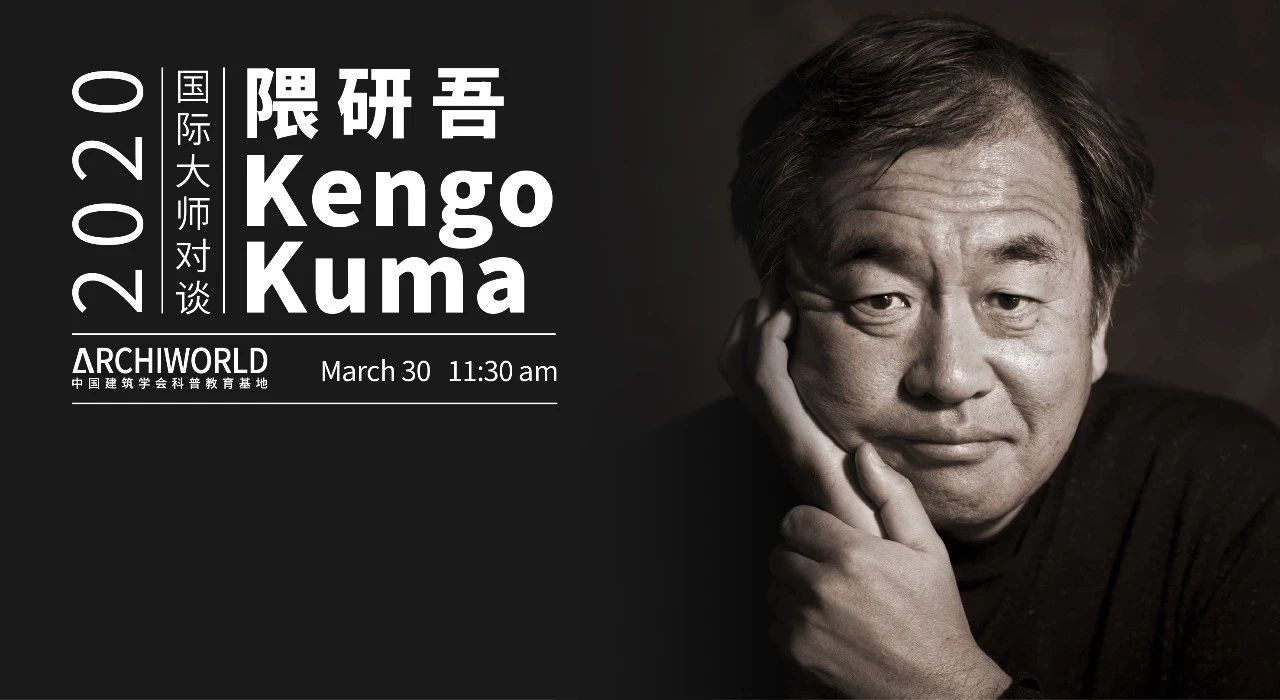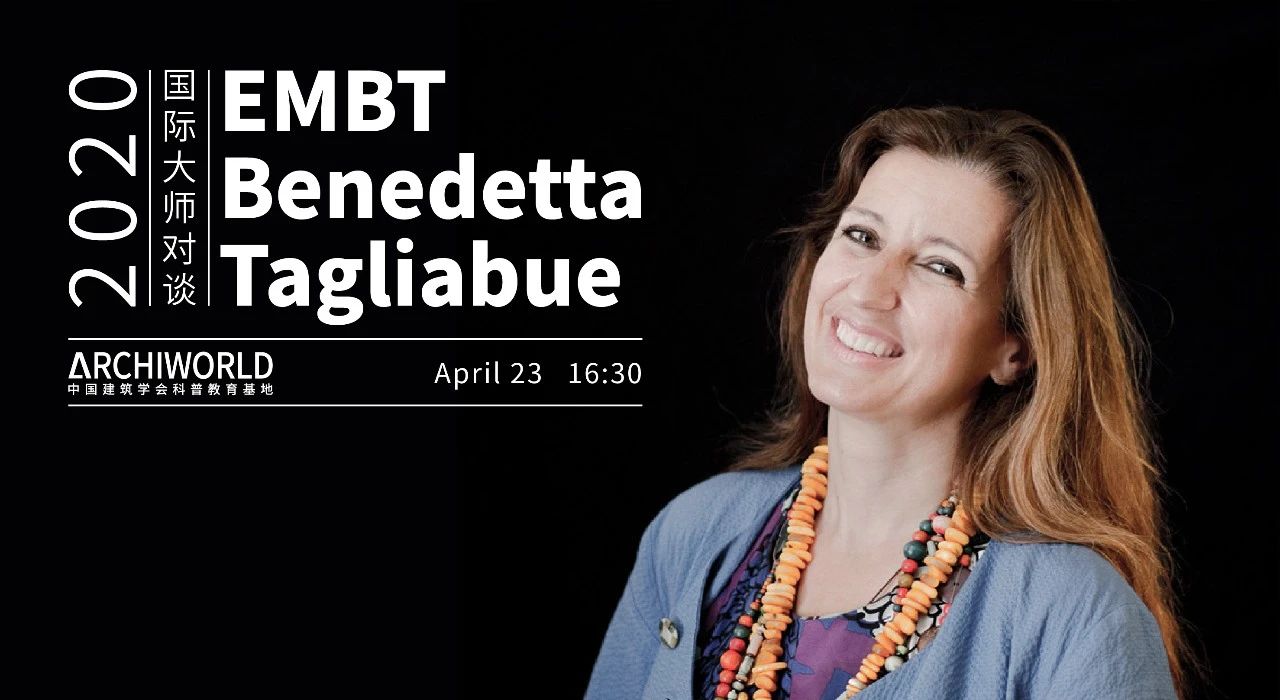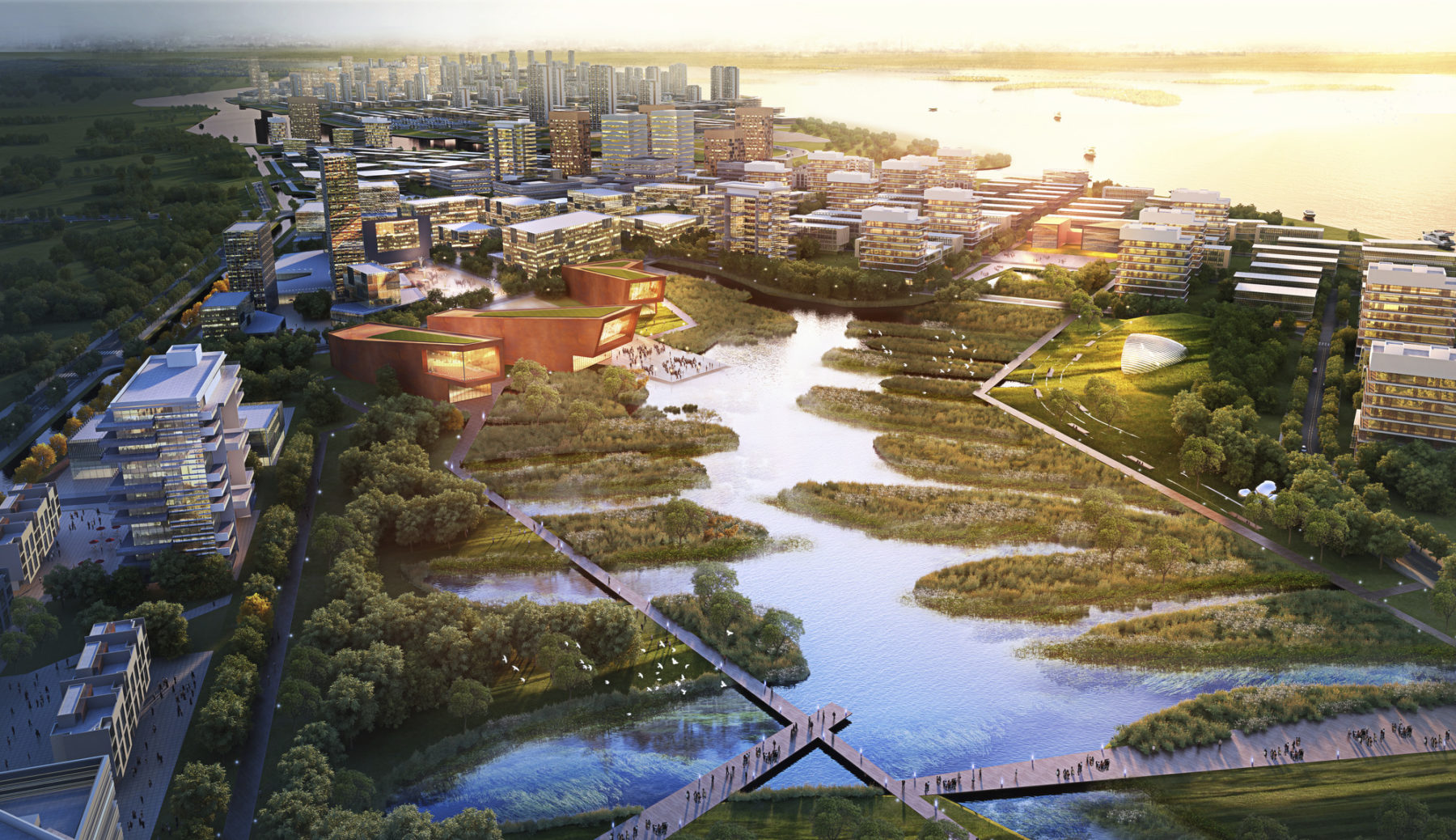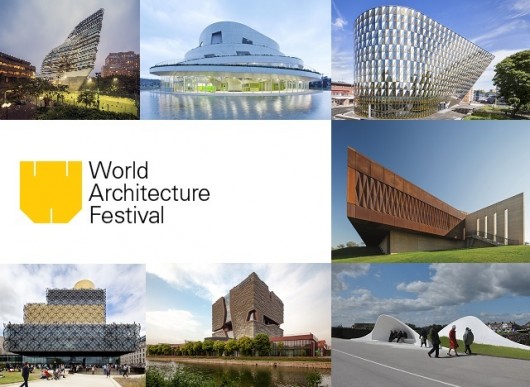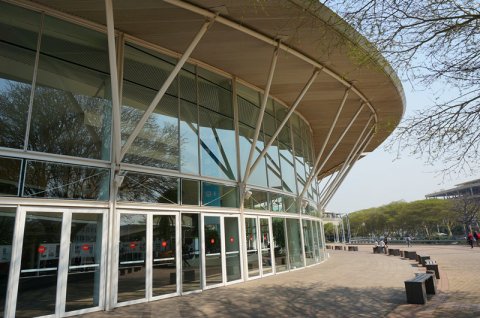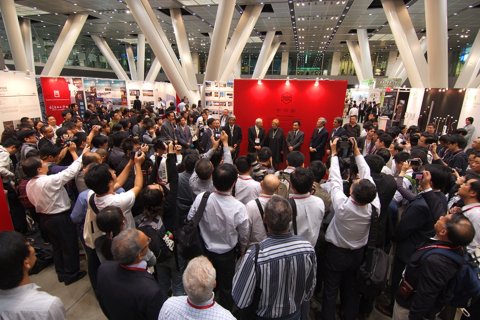
“项目没有单一的设计者,也没有唯一的解决方案,
而是要用独特的视角审视每个人,
并真正深入了解所有将影响我们设计决策的因素。”
“ There is no one single author of the projects,
but to look at each one very uniquely and to really do a deep dive into understanding all of the things that are going to influence our design decisions. ”
“好的项目自有它的美妙之处,
我们不会从美学这样的单一视角审视它。”
“I think what's the beauty of the project is we're not looking at it through a single lens like aesthetically.
This is a great project. Therefore, we think it’s a winner. ”
“人们来到这里,可以从这段经历中带走什么又能记住什么?
那么我能给的是一段历史和记忆。”
“When you visit, what can you take home and remember from that experience?
And I'm going to take a little bit of that history and memory with you when you visit.”
建筑师说 | 本期对话建筑师:迈克尔·格罗夫
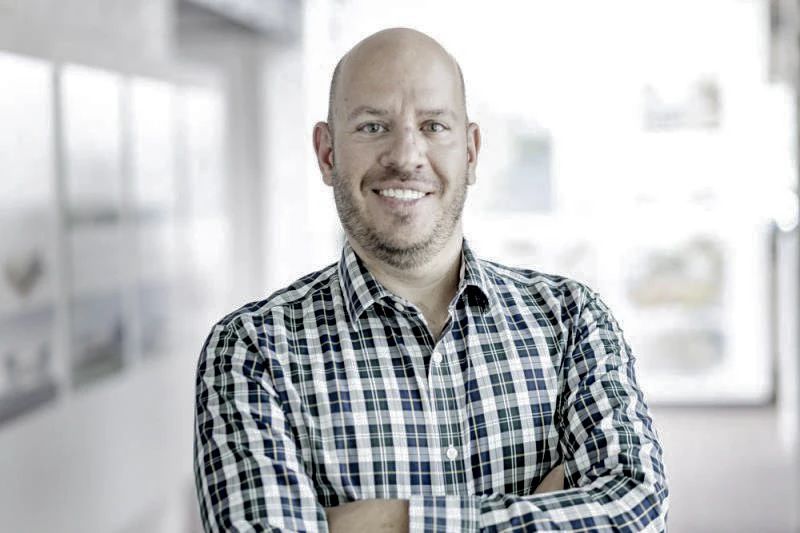
▼ 迈克尔·格罗夫
迈克尔·格罗夫是美国知名城市设计事务所SASAKI景观、生态与土木工程主席,城市设计、景观规划等领域专家,他主持的多个项目曾获国际荣誉及奖项,其中北京798艺术区改造项目曾荣获国际权威规划卓越奖。
代表作品
▼ 北京798艺术区愿景规划
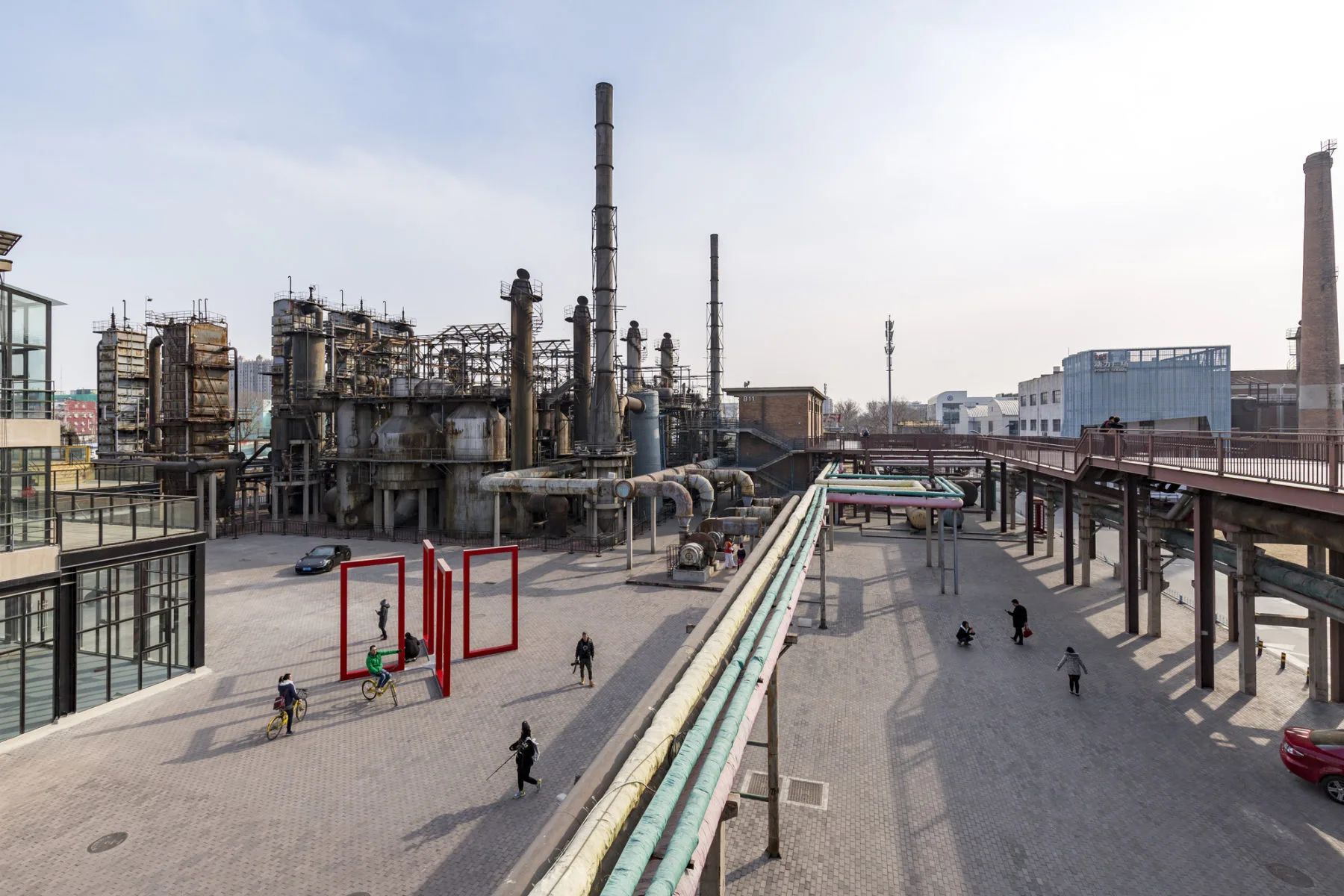
▼2008北京奥林匹克公园规划与城市设计
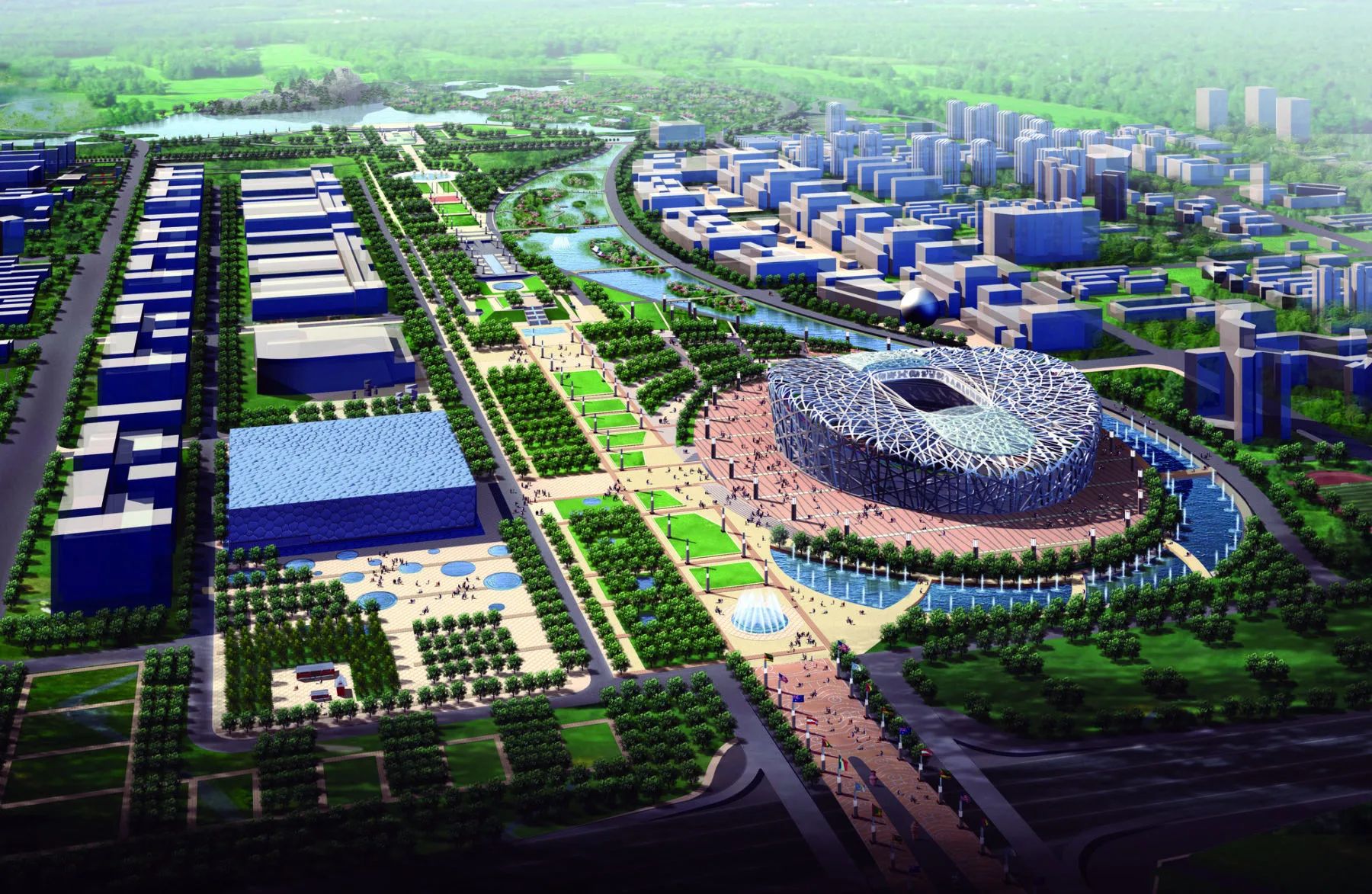
▼ 武汉长江主轴滨水公园总体规划
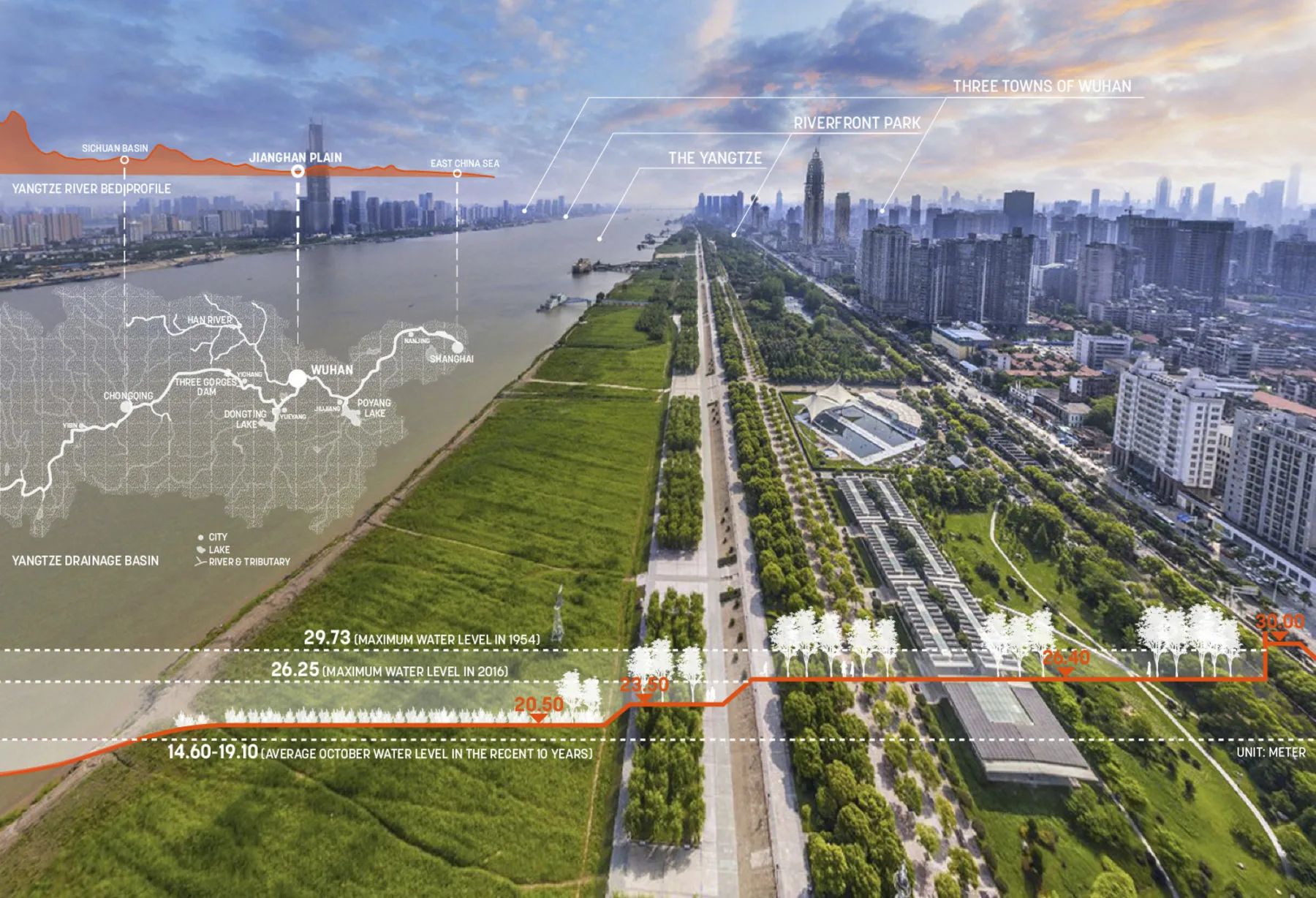
▼上海复兴岛创新区规划
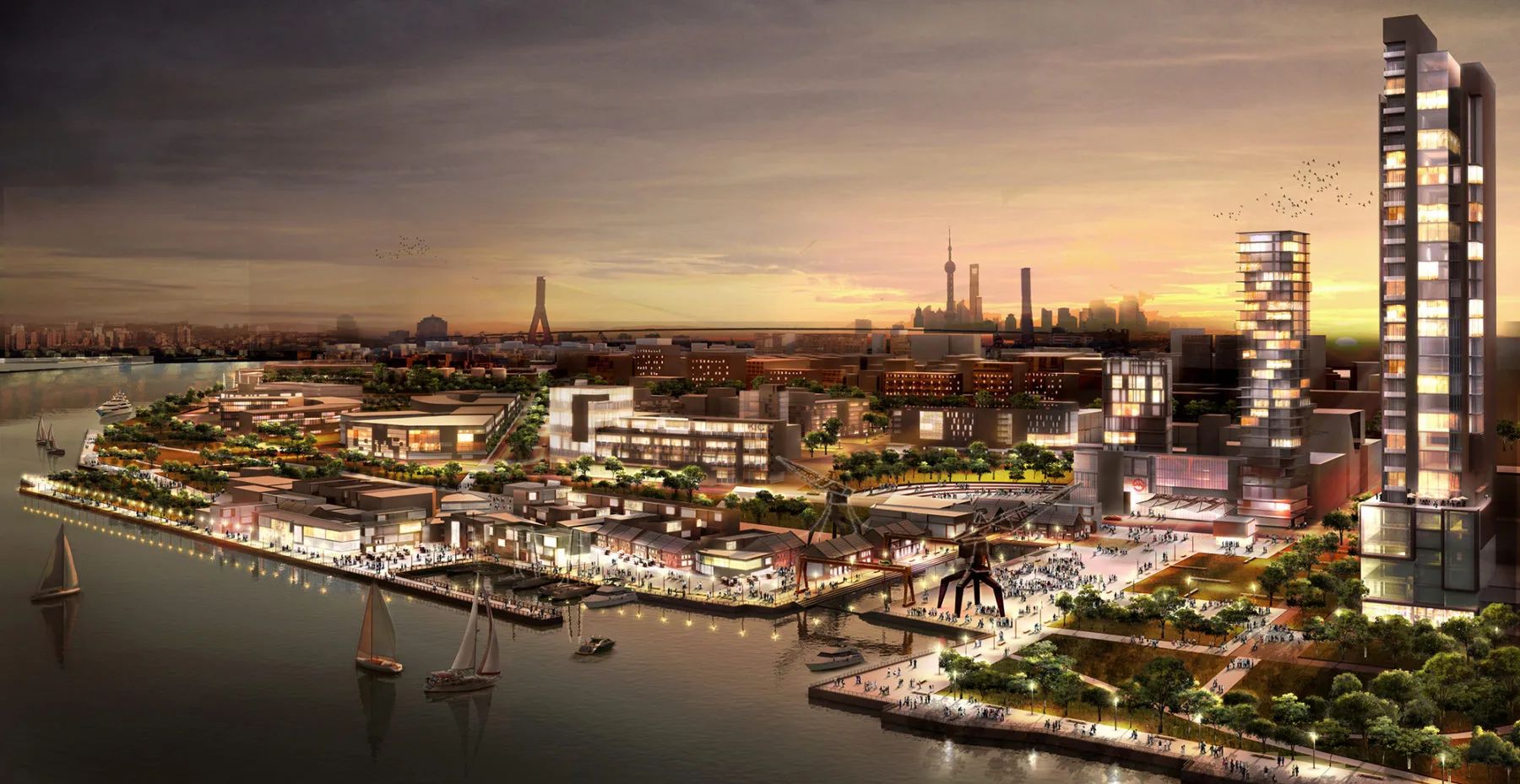
采访正文
Topic A · SASAKI
SASAKI事务所是由著名的美国日裔景观设计师佐佐木英夫于1953年在美国波士顿创立,从景观设计领域拓展到城市设计,佐佐木先生不遗余力地推动景观设计与城市设计的结合,并在这方面产生了相当大的影响。
01
过去20年间与SASAKI的共同成长
能在SASAKI工作22年我是很幸运的,我毕业后打算去一家大公司工作两三年,只是为了获得一些经验并做一些不同的事情,但真正让我选择SASAKI并留在这里的原因,应该是我从没想过设计公司能拥有这样的学术氛围。
SASAKI的项目设计十分繁忙,但公司内部也同时进行着大量的研究工作,我从没想过一家设计公司像这样重视专注设计的同时重视研究, 我原本以为他们会像流水生产线一样来设计项目。
但是SASAKI的发展对我来说是一个专业的进步过程,无论是与生态学家,土木工程师,建筑师还是规划师合作,我们都能从这些相关学科中学习更多的东西,大家一起解决一些棘手的问题。因为这里浓厚的学术氛围,这比我在学校学习十年获得的经验要更加丰富。

因此,就SASAKI的成长而言,我所看到的更多是对我们的项目进行这种研究和深入思考,要知道项目没有单一的设计者,也没有唯一的解决方案, 而是要用独特的视角审视每个人,并真正深入了解所有将影响我们设计决策的因素。
Q1. About 8 years ago, I first knew you as the youngest partner of SASAKI and you have witnessed nearly 1/3 of SASAKI’s history. Over the last 20 years, how did you and SASAKI grow together?
I’ve been lucky enough to be at SASAKI for 22 years. It was my intention after graduating to come and work in a large firm for maybe two or three years just to gain some experience and do something different. But what really seems to make me choose SASAKI and stay in SASAKI was kind of the academic nature of the firm.
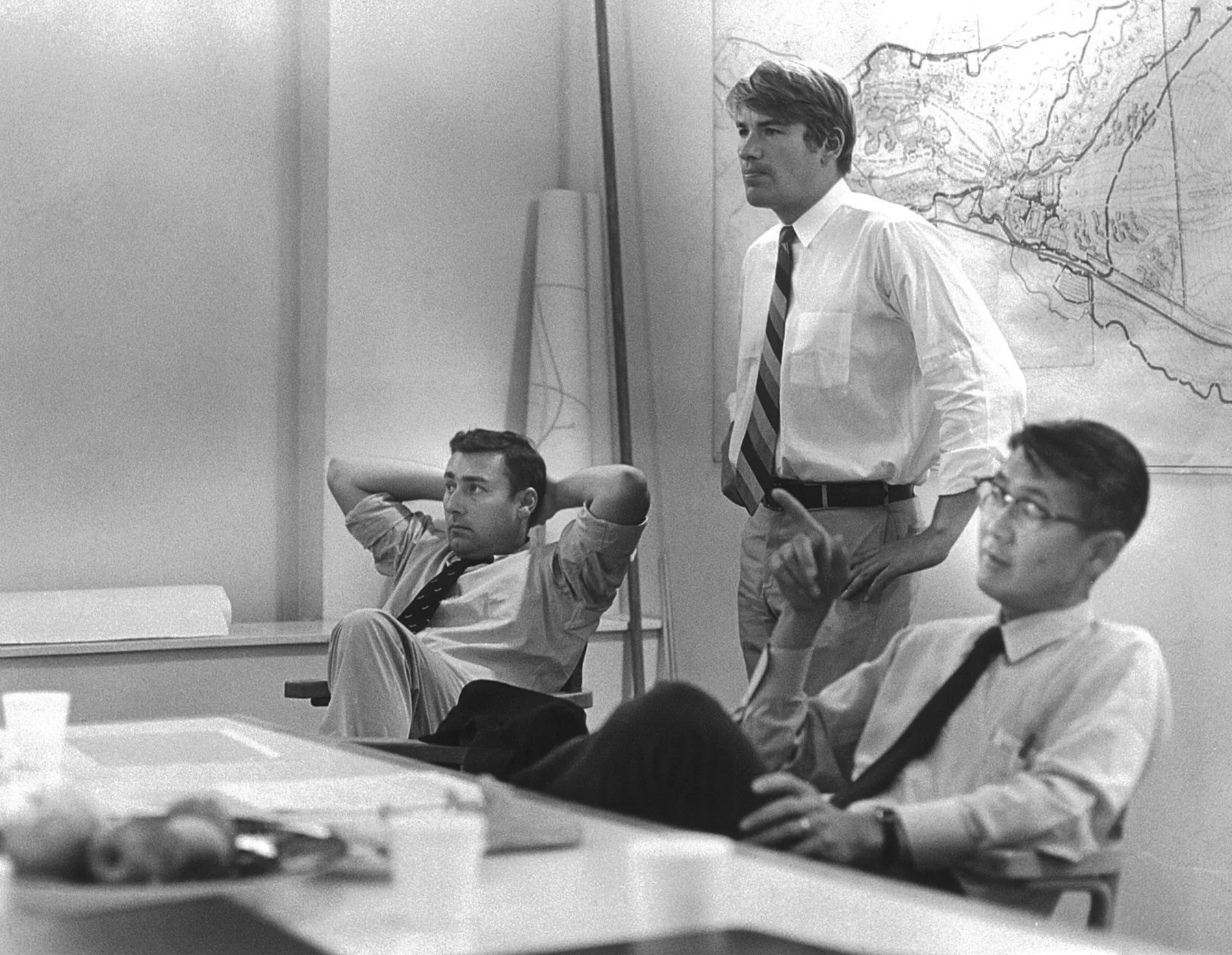
There is so much inquiry. There is so much research going on within the firm. I think that I didn’t realize that a design firm could be like that. I always thought that they would be more geared toward doing projects. But SASAKI has been an evolution for me professionally of learning more that from all those associated disciplines that we work with, whether it’s ecologists, civil engineers, architects and planners. Everybody together is solving things, very complicated issues.
And to me, it was so much of a greater experience than I could have gotten if I had gone to school for another 10 years., just because there was so much rich knowledge happening within the firm. And so what I’ve seen in term of SASAKI’s growth is even more of a commitment to doing that kind of research and deep thinking in our projects, understanding that there is no one single solution, there is no one single author of the projects, but to look at each one very uniquely and to really do a deep dive into understanding all of the things that are going to influence our design decisions.
02
如何做到团队间的高效合作
我认为SASAKI的标志之一是我们的跨学科实践。这是SASAKI创始人佐佐木先生在哈佛大学任教后所坚信并创办公司的目的之一:汇集来自不同专业领域的人共同解决问题。
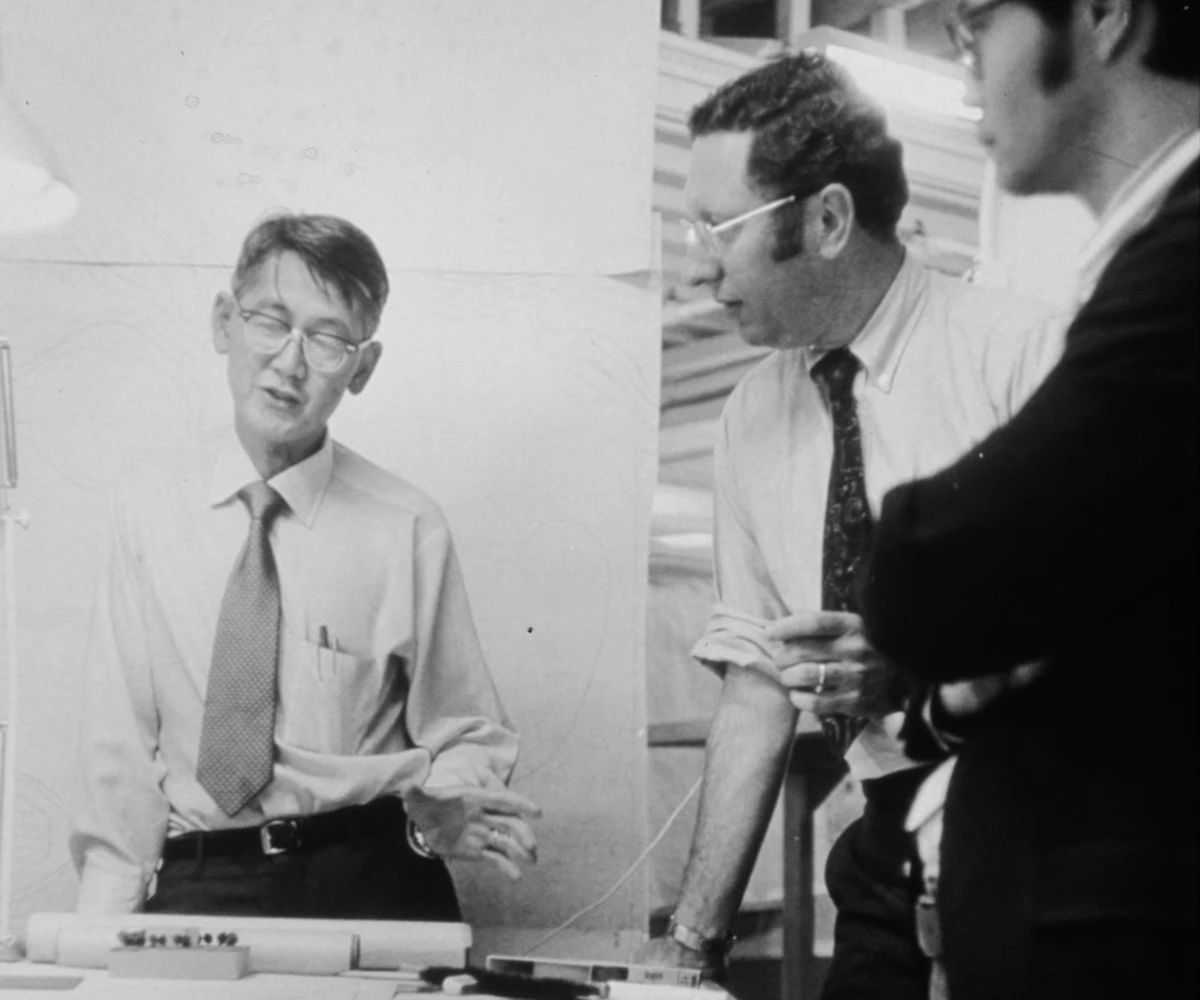
▲ SASAKI事务所创始人佐佐木先生
我们知道独立工作的景观设计师永远无法解决复杂的项目,因此我们的组织结构与许多其他设计公司有所不同,我们从不设定任何一个固定团队来设计和服务于任何特定区域或项目,我们会根据每个具体项目最相关的问题和特征来进行个性化搭配组合。
我们的团队中可能有更多的生态学家,土木工程师和景观设计师,所以这种模式也是基于敏感的景观设计客观情况。
城市设计解决方案,它要求我们真正全面地考虑我们的设计方式,可能会有更多的建筑师与城市设计师和景观设计师一起工作,为人们带来一个更具凝聚力的愿景。
所以我们也在不断调动人员,使每个人都能在除自己本身的专业知识和舒适区之外有更多的成长,接触各种项目类型,并在最重要的时候将自己的专业知识应用在这些项目里。
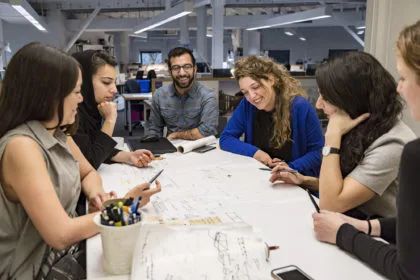
▲ SASAKI事务所
Q2. Experts from different fields, such as urban planners, landscape architects and ecologists, are always highly collaborative in SASAKI projects. How does your team efficiently work together?
That’s a great question. I think one of the hallmarks of SASAKI is our interdisciplinary practice. That was something that Hiroshi Sasaki started the firm after teaching at Harvard really believed in -- getting people from different areas of expertise together to solve problems.
We realize that landscape architects working independently could never solve complicated and complex projects, so we’re organized a bit differently than many other design firms in that we don’t have kind of consistent teams working in any one specific region or any one specific project type. We deliberately mix our teams, depending on what’s the most relevant issues of that particular projects are.
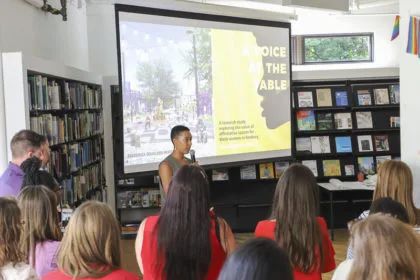
So it’s a much more kind of sensitive environmental landscape condition. We may have more ecologists, or civil engineers and landscape architects on our team. It’s an urban design solution that requires us to think really holistically about our architectural approach. There may be more architects working with urban designers and landscape architects to bring a more cohesive vision.
So we are constantly shifting people that allows everybody to grow beyond their initial area of expertise and comfort zones so that you are exposed to a range of project types and you are bringing your specific knowledge and expertise to those project when it’s the most important for that project.
03
和客户共同实现预期方案的成功案例
很难指定某个项目来作为成功案例,每个项目都可以说是SASAKI的标志,因为它们每一个的处理方式和手法都很独特。有些项目因为有趣的设计方案而获奖,有些项目虽然并不如获奖作品知名,但也十分有价值,因为它们团结了所在社区的居民,将他们联系在一起,
因此,我们可以通过许多不同的角度来衡量成功。有些建筑的可持续发展计划令人难以置信,有些则是受到世人普遍认可的建筑,所以很难选择最喜欢的是哪一个。
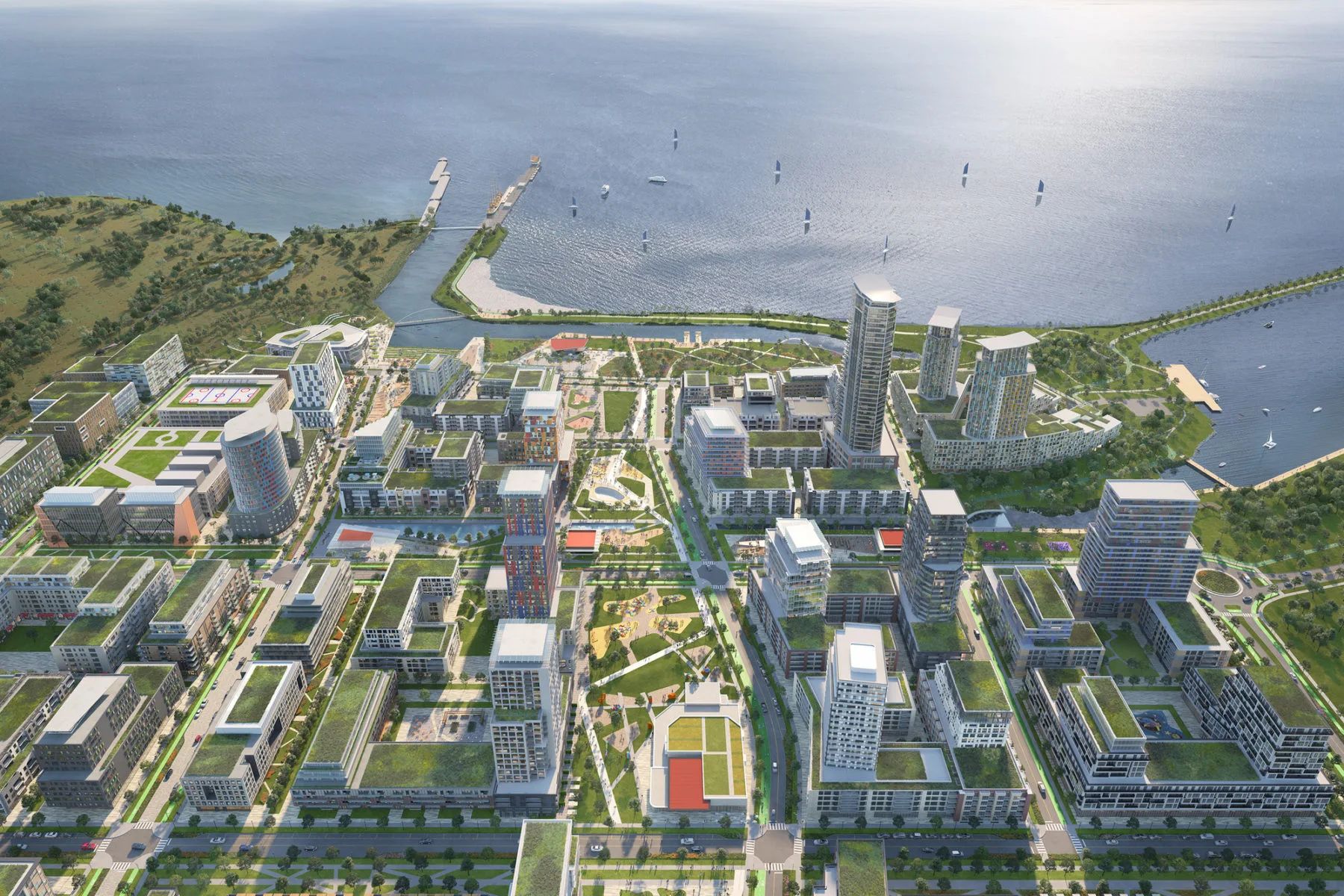
▲ SASAKI项目:安大略湖景村总体规划
另外选择最佳项目的每个标准实际上取决于谁来回答这个问题,是问设计师,客户,还是项目所服务的社区。我认为一个项目的美妙之处在于我们不会从美学这个单一的视角审视它,只要这个项目很棒,那么它就是成功的,这其中的影响因素是很多的。
Q3.SASAKI has proved that the best projects result from a coordinated effort between clients and designers. Would you like to share some successful cases that you and your clients achieved the desired solution together?
It's really difficult to name any one project that I think it's a hallmark of SASAKI because they're all so unique in tackling different things. I mean, there are kind of the projects that are interesting, design solutions that have won awards. There are maybe lesser known projects that have been incredibly valuable to the community that they served and brought people together and created a kind of a sense of pride in place and where they live.
There are projects that have been financially successful for clients, bringing them great economic success. So there are so many different aspects that we can use to measure success. Some are incredibly sustainable plans for buildings or some of the world's first well-certified buildings, so it's hard to kind of pick and choose favorites.

▲ SASAKI项目:波士顿市政厅广场更新
But every criterion for picking what is kind of the best projects really depends on who you ask, whether you ask us as designers, whether you ask the client, whether you ask the community that it serves. And I think what's the beauty of the project is we're not looking at it through a single lens like aesthetically. This is a great project. Therefore, we think it’s a winner. There are so many different factors that play into that.
Topic B · 滨水空间
格罗夫先生在过去的20年亚洲项目实践中为中国多个城市的可持续发展目标提供国际前沿的规划设计方案,例如打造世界级滨水空间、国土空间规划实践研究等。
04
理想的滨水空间具备的特征
我们从人类漫长的发展历程中知道,人们很喜欢水,好像有某种特质总是吸引我们到水边。如今我们能看到当代城市中滨海步道和景观怎样推动房地产价值,所以我们迫切需要亲水空间。
对我而言,最成功的项目是使人们与水亲密接触并能与之互动,而不仅仅是将其视为漫步或只用来看的设施,是让社区沉浸其中,让每个人都接近水空间边界,让大家在此聚集,一个让人们可以在此停留,观察其他人,与周围的城市生活互动的地方。
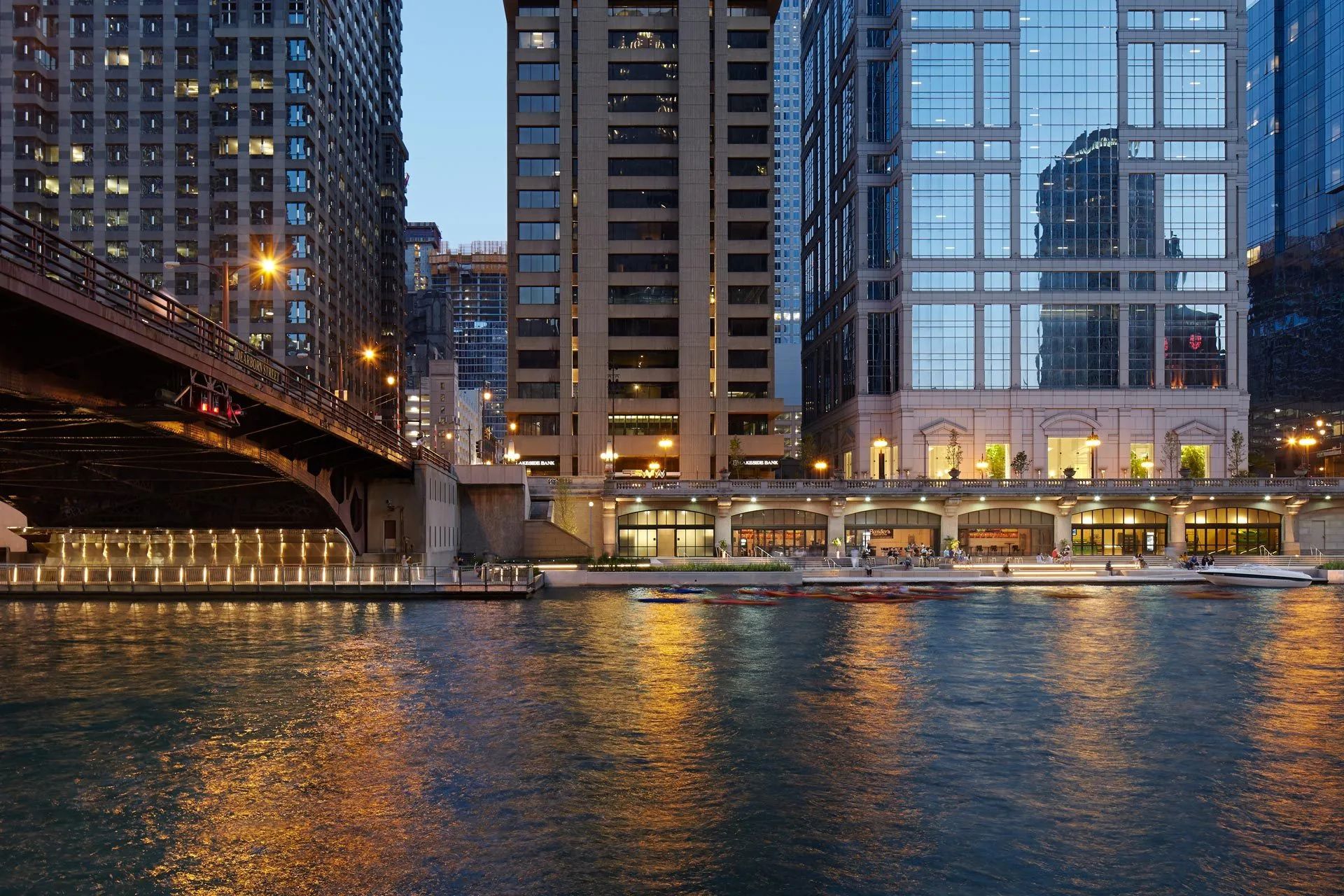
▲ 芝加哥滨河步道
因此,我们希望它具有不断吸引人们进入这个空间的不同景点和设施,人们每次到这里来时都会感觉到新奇和不同,确保每个人都能感觉自己被欢迎,而不是少数有经济能力住在附近的人的专属领域。
Q4.From Chicago Riverwalk Expansion to Boston Harborwalk Park, SASAKI is quite experienced in upgrading of waterfront space. What do you think are the most important characteristics for an ideal waterfront space?
People are drawn to water. We know that from aeons of human history. There's just something that attracts us to being near the water's edge. Now we see that in contemporary cities where the waterfront access and views drive real estate values, and so there's a very tangible need for us to be near the water.
To me, the most successful projects are the ones that allow people to get close to and interact with the water, not to just think of it as a visual amenity that you're walking along or looking at, but something that draws the community down, has everyone kind of near the edge, allows for kind of gatherings; a place to be with other people, watch other people, interact with urban life happening around you.
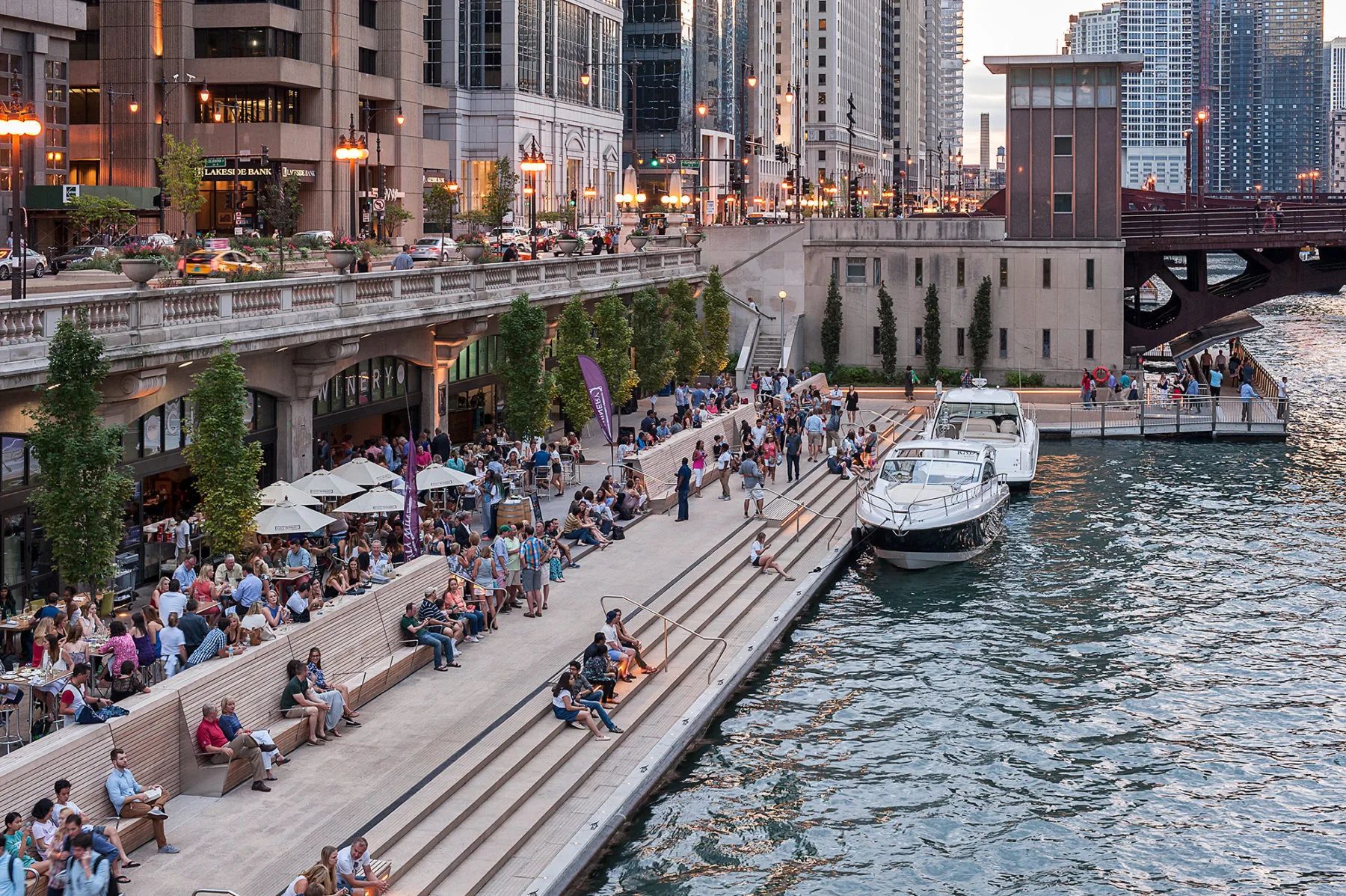
So we wanted to be a place that's kind of celebrating here around that has different attractions and amenities that continue to bring people to the space, so it feels new and different every time they go there, a new experience every time you visit and to make sure that it's something that feels accessible and welcoming to everyone and not the exclusive realm of the few people who can afford to live nearby.
05
北京通州滨水空间提升的建议
我曾于通州宋庄地区工作,了解了这个地区,当然也领略了通州大运河令人难以置信的历史及其在整个世纪以来在贸易,文化和商业中的重要性。因此,我认为对大运河而言,重要的是强调其不仅对通州而且对整个中国产生影响的辉煌过程,我正在寻找一种方法来讲述大运河的重要性,它的演变,以及它如何通过贸易和货物流动使中国实现如此大的扩张和经济增长。
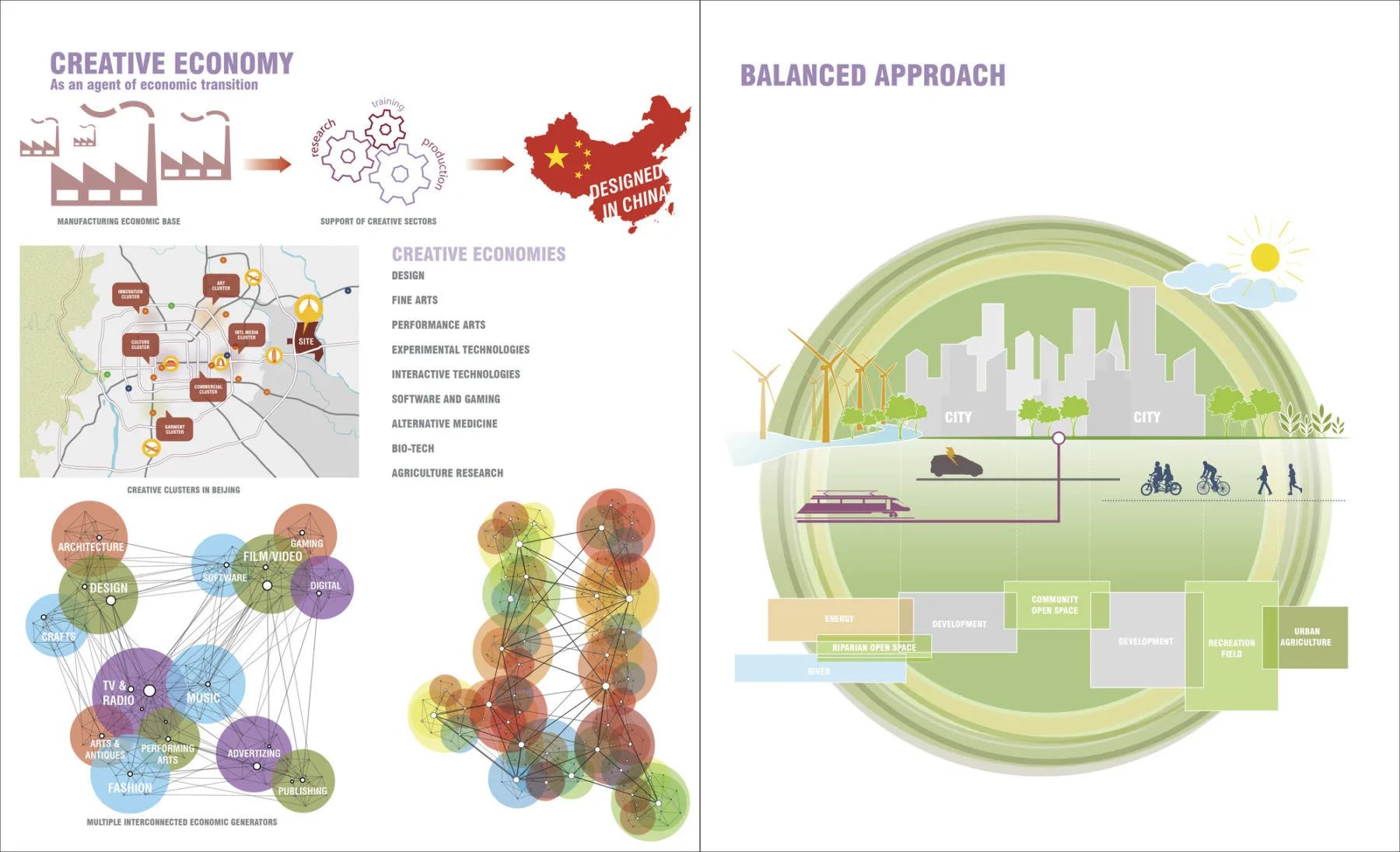
▲ SASAKI宋庄项目分析图
如果可以使用景观来讲述这个故事,讲述它的演变,讲述它令人难以置信的人类基础设施和工程解决方案,那么它可以分成很多层次。当然我们希望它成为一个美丽的地方,人们可以像去芝加哥河滨步道一样来参观,但是我们也需要挖掘更深层的含义。我们想通过项目向参观的每个人讲述运河的重要性,无论是对历史有所了解的中国公民,还是从世界其他地方来访的,对大运河一无所知的人。
人们来到这里,可以从这段经历中带走什么又能记住什么?那么我能给的是一段历史和记忆。
Q5.In the planning of the Beijing Tongzhou subsidiary city, the public sectors are trying to preserve the memory of the Grand Canal in Tongzhou. Would you give some suggestions for the promotion of the waterfront in Tongzhou?
I worked a little bit in Tongzhou around Songzhuang and know the area and certainly appreciate this incredible history of the Grand Canal in China and its importance in trade and culture and commerce throughout the centuries.
So I think an important thing for the Grand Canal is to celebrate that entire history of the influence it has had not only in Tongzhou, but in all of China, I'm finding a way to tell the story of the Grand Canal’s importance, its evolution, how it allowed for so much expansion and growth of China through trade and movements of goods.
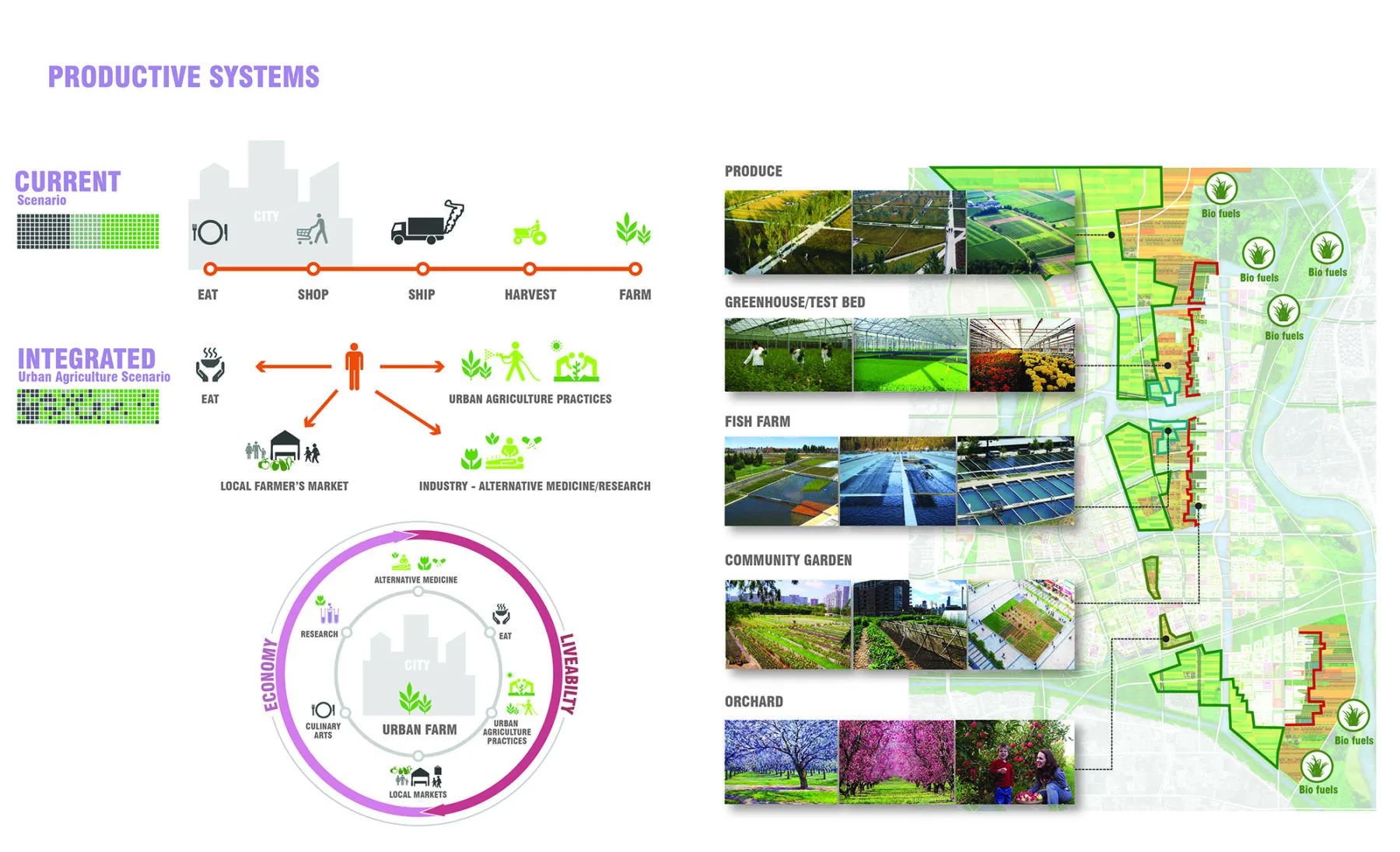
▲ SASAKI宋庄项目分析图
I think if you can use the landscape to kind of tell that story, tell its evolution, its incredible human infrastructure and engineering solutions, there are so many stories that can be told in layers. And certainly we want it to be a beautiful place where people could come and visit like the Chicago Riverwalk. But we also need it to go deeper.
I think you tell the meaning of the importance of the Canal to everyone who visits, whether you're a Chinese citizen who kind of understands the history or you're visiting from elsewhere in the world and you don't know anything about the Grand Canal. When you visit, what can you take home and remember from that experience? And I'm going to take a little bit of that history and memory with you when you visit.
06
如何定义世界级滨水空间
国际上有一些城市可以作为“世界级”滨水空间的经典案例,例如一提到温哥华,人们就可以想到水渗透到整个城市的生活方式里,无论身处何处,都可以看到水面或以某种方式亲近水,无论是通过水上出租车系统,还是在水上行驶,水成为城市生命线的焦点和活动中心。
我认为“世界一流”对不同的人意味着不同的答案,对我而言,“世界一流”的旅游胜地吸引着众多国际游客前来参观,他们想来这里打卡,因为这里很美,或者把来到这里当做一种非常令人兴奋的体验,他们知道去时会看到一些非常有趣的东西,这只是一小部分。
像挪威奥斯陆一样,那里有一座直达水面的歌剧院,置身其中就像在伦敦的泰晤士河上漫步,那里有各种各样的市场,零售商店和长廊,人们得以观看历史名胜。或者可能是在一个较小的城市中,例如我们在辛辛那提做的一个项目,它的目的是让人们来到海滨进行娱乐和举办体育赛事,带他们的家人玩耍。
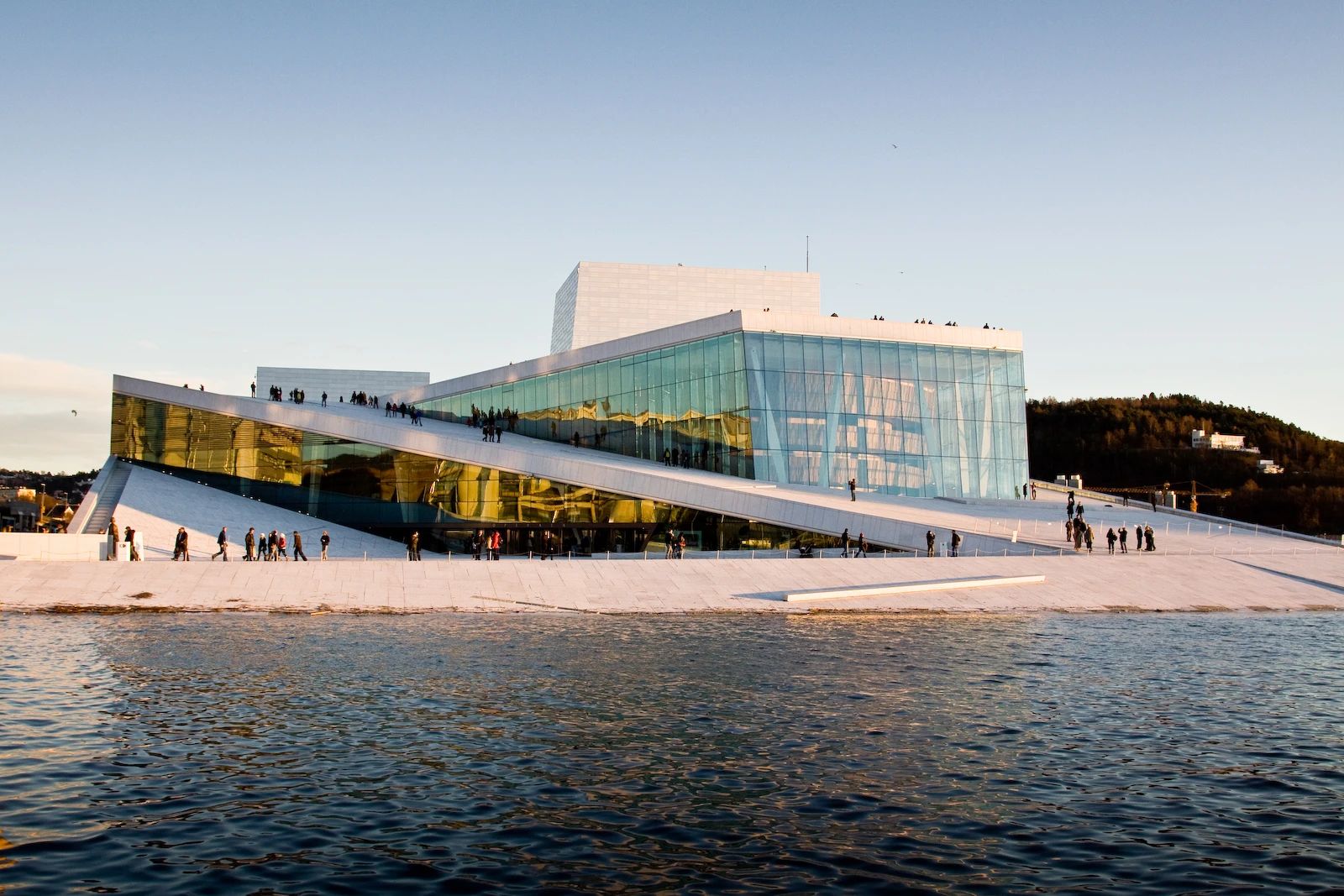
▲ 挪威奥斯陆歌剧院
亲水空间有多种不同的定义方式,无论是要吸引国际游客,还是要为城市的日常居民真正创造价值。对我来说,世界一流的海滨能做的一切事吸引着各行各业,并吸引着国际游客,它为居住在城市中的人们提供了一种地方感和自豪感,并为他们提供了重要的日常活动场所,让他们可以在周末和家人一起在那里度过。
Q6.In southern China, cities like Shanghai are planning world-class waterfront space. We believe that SASAKI has extensive knowledge in this area. Speaking of waterfront, how would you define ‘world class?
I mean there are some cities around the world that are very notable examples of what we would call a world-class waterfront space, like Vancouver comes to mind where the entire city finds a way to celebrate the water. So no matter what neighborhood you are in, there's always a view to the water or some way to kind of access to the water, move on the water, whether through a water taxi system, something like that.
The water becomes the center of focus and activity of the lifeblood of that city. I think world class can mean different things to different people. For me, world class is something that would attract visitors, international visitors, a place that they want to check out their bucket lists to visit because it's a beautiful place, or it's a very kind of exciting experience. They know that they're going to see something really interesting when they go, so it could be a small element.
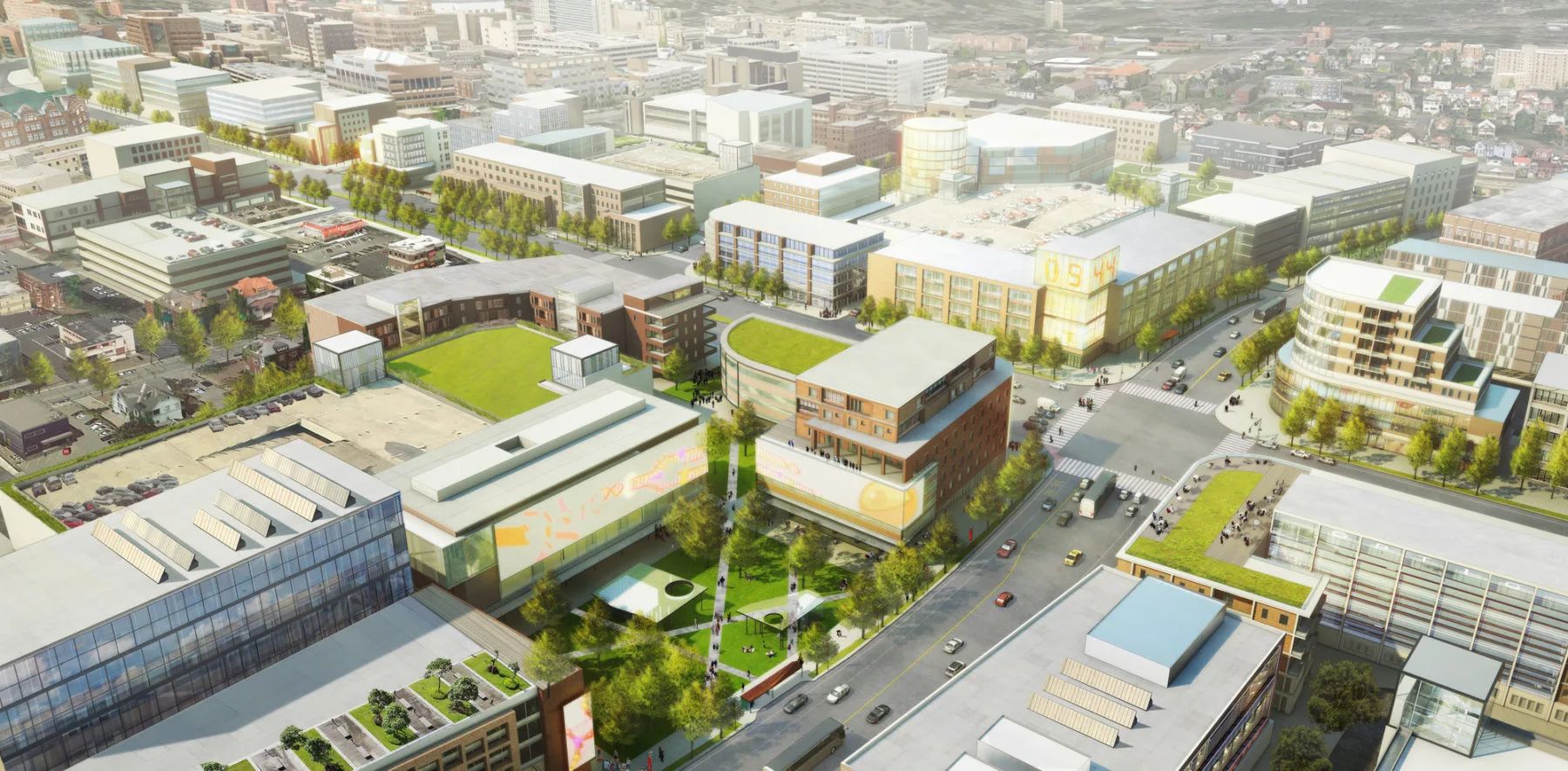
▲SASAKI项目:辛辛那提住宅区
You know, there's a beautiful opera house in Oslo, Norway that reaches down to the water. It could be more of an experience like walking along the Thames in London, where there are all kinds of different markets and retail shops and promenades and people watching an historic attractions. Or it could be in a smaller city like a project we've done in Cincinnati, where it's about the community coming to that waterfront for a recreation and sporting events to bring their families for play.
So there are a number of different ways of defining it, whether you're trying to attract international tourists, whether you're trying to really kind of create value for your daily residents of the city. To me, a world-class waterfront does all those things that attracts all walks of life that brings international visitors, it provides a sense of place and pride for the people who live in the city, and it gives them kind of the important daily activities that they're going to bring their family to you every weekend.
Topic C · 城市更新
SASAKI设计方方面面的“和谐观”开拓了城市、建筑和环境在设计中相辅相成,相得益彰的融合设计方法,成为SASAKI不断诞生经典之作的精神。
07
城市不断更新下设计应注意什么
我认为,作为规划师,城市设计师和景观设计师,城市更新和功能填充是我们现在需要重点关注的最重要的事情之一。世界上大多数地区位于城市中,甚至在新冠病毒疫情爆发后,城市化进程仍在加剧,我认为人们正在慢慢理解社区和城市的重要性,怀念人与人之间的沟通交流,这种情况不会因为疫情而改变。
对我来说,大流行之后的城市和密度比以往更值得关注,我们越破坏自然栖息地并通过郊区扩张和进一步迁往国际区域的方式造成生态破碎,我们就越破坏了这个非常微妙的地球运作系统。因此,在我们现有的市区内进行建筑致密化,并为它们创造新的体验,无论是景观,街道景观还是滨水区,都需要真正考虑为人们提供的空间。
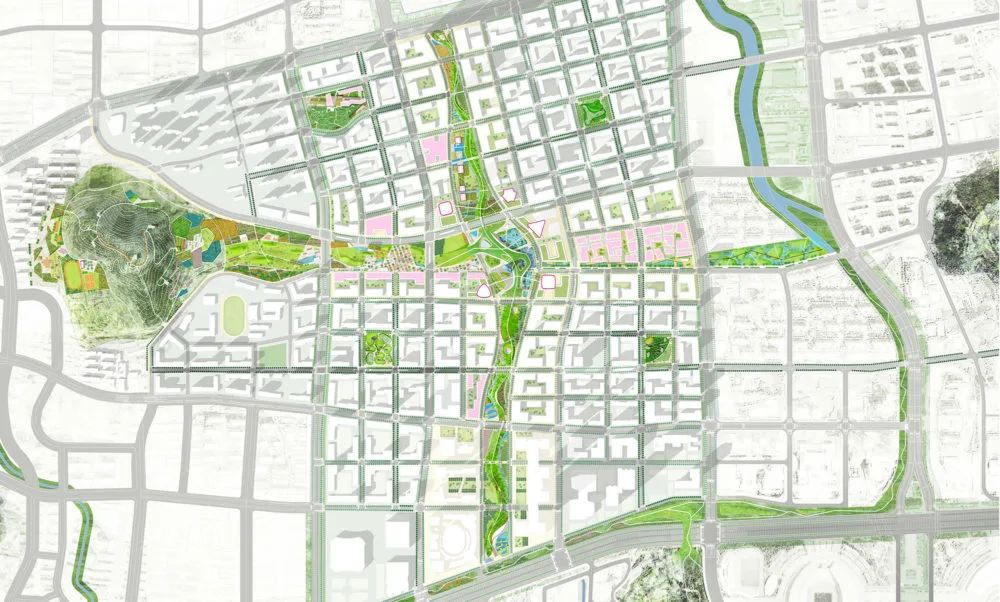
▲ SASAKI项目:罗湖街景改造
作为生活在这片土地上的设计师,这是我们目前要做的最重要的事情,实际上是在关注城市作为人类真正应居住的地方的重要性。因此,我认为从灵活性的角度出发,需要考虑将来人类可能会使用什么,不一定要创建具有一种目的的标志性建筑,而是要考虑建筑物的多种用途。
我们一直在创造建筑物,并为这些建筑物留有灵活的位置和占地面积,以便它们可以更改和发展。但最重要的是考虑公共空间-整个景观体验如何在这些空间中交织,与建筑物互动,为人们创造连续的公共领域体验,提供一些在环境中使用景观的灵活性未来,我们需要创建更多的建筑空间。因此,填充是我们应该重点关注的一种,避免使用一次性建筑,而更多地考虑混合用途。
Q7.Urban renovation is a dynamic developing process, and we could never know how the block will change next. In this case, what are the most important factors should be taken into account during the design progress?
I think urban renovation and urban infill is one of the most important things we need to be focusing on now as planners, urban designers and landscape architects. You know that most of the world is going to be living in cities. Urbanization is increasing, even in the wake of the Coronavirus, and I think people are understanding the importance of community and city and how much we can have missed that human interaction.
And I don't think that will change because of a virus. To me, cities and density are more important than ever after this pandemic. We understand that the more we disrupt natural habitats and create ecological fragmentation through suburban sprawl and kind of moving out further international areas, the more we're disrupting this very delicate cycle of the planet.
So building within our existing urban areas densifying those, creating new experiences with them, whether it's landscapes or streetscapes or waterfronts, really thinking about spaces for people. That's the most important thing we can be doing right now as designers on the planet, really focusing on the importance of the city as where human should really be living.
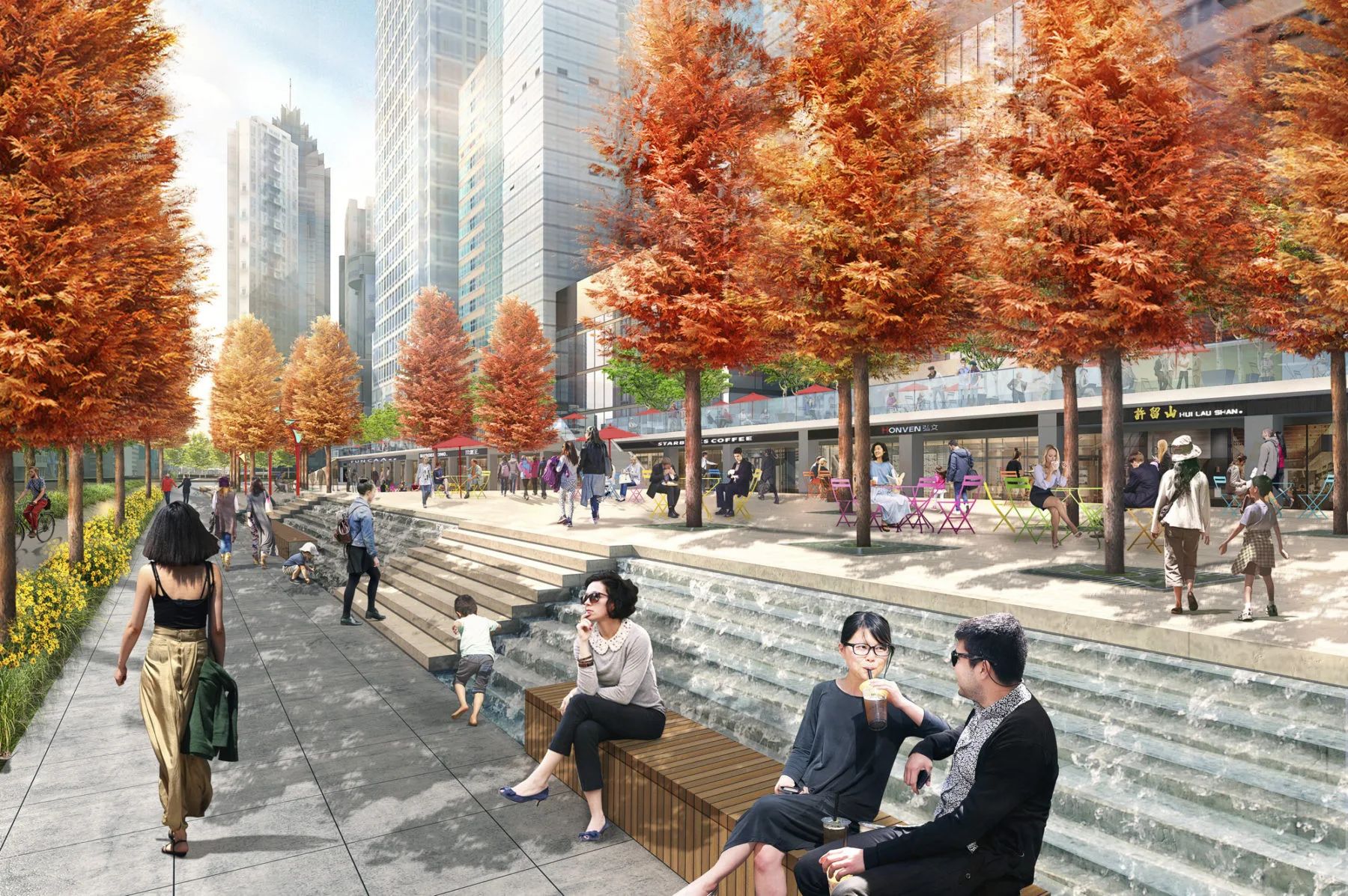
▲ SASAKI项目:罗湖街景改造
So I think in terms of how you think about flexibility, you need to think about what future human use might be on the site, so not necessarily creating signature iconic architecture that serves one purpose, but thinking about multiple uses and multiple purposes for the building's you're creating, and also having a flexible place and footprints for those buildings such that they can change and evolve.
But most importantly, thinking about the public space -- how does the entire landscape experience weave through these spaces, interact with the buildings, create a continuous, public realm experience for people, and also give you some flexibility for how to use that landscape in the future? I need to create more building space there. So infill is kind of what we should be focusing on and avoiding kind of single used buildings and thinking more about mixing uses.
08
如何协调生态、经济和活力之间的矛盾
我认为我们成功的一种方法似乎不是将它们视为复杂的问题,而是寻找整合它们的机会并了解它们如何作为相互影响的系统工作。比如生态学,生态学不一定与城市发展相矛盾,我们只需要更加聪明地了解如何整合环境,并确保我们在城市中拥有富有生产力和生态健康的景观。我们经常选择生态景观而不是工程师解决方案,即使工程师的方式更简单或看起来更干净。
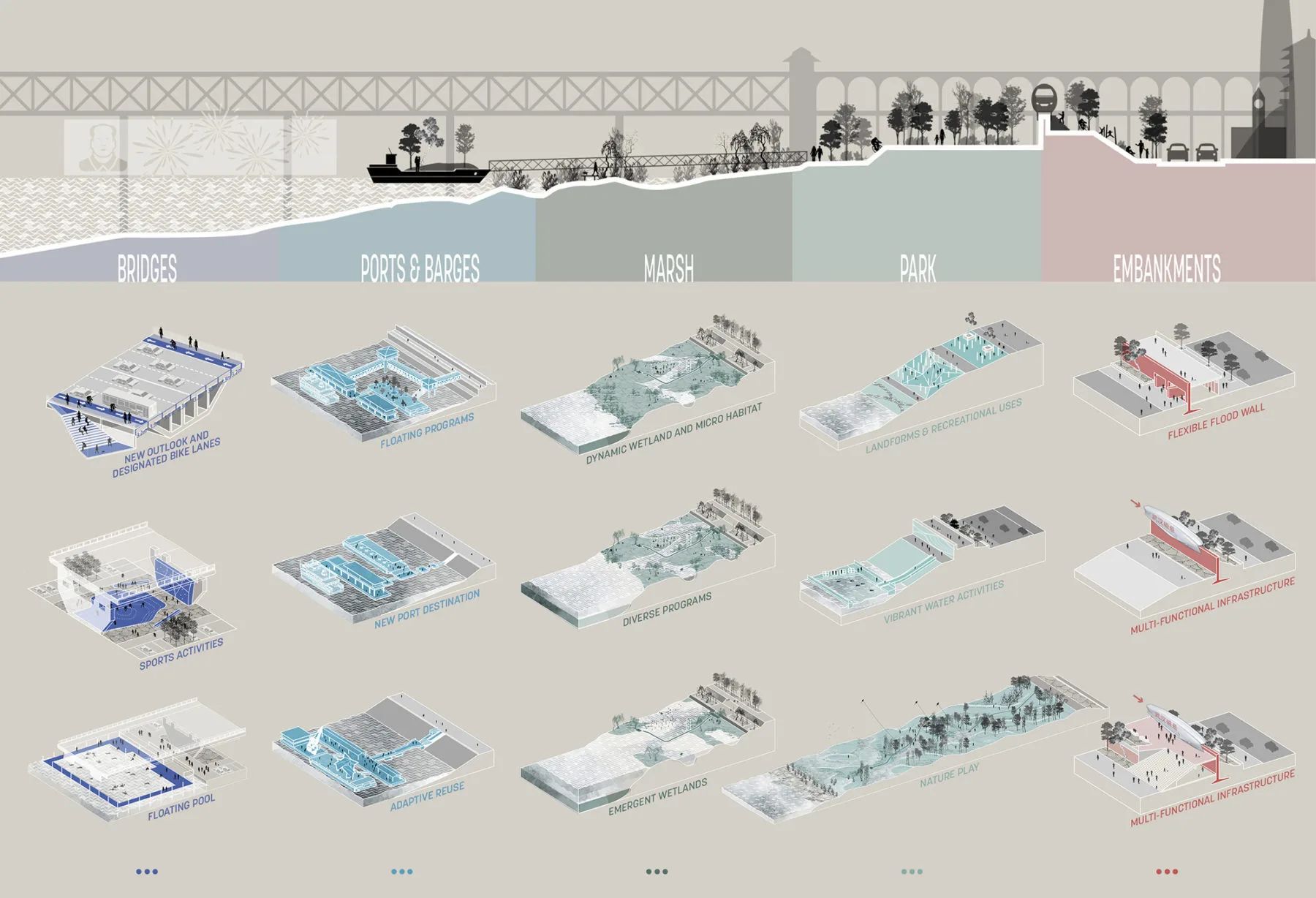
▲ SASAKI项目:武汉长江沿岸公园为河边的各种情况和复杂的挑战提供灵活的解决方案
生态和栖息地会带来混乱,因此我们需要改变我们对美的标准。也许它不是美学上完美,修剪整齐,过于人性化的景观,也许是要改变我们的看法,即美丽的风景应该服务于生态目的,并为人类以外的其他动物和野生动植物提供住所,我认为对经济学与公平的讨论也是如此,并不是所有在经济上取得成功的项目都只是吸引百分之一有能力住在那儿的有钱人,这样做的话会造成停滞。
从短期来看,这对于开发人员来说可能很棒,但从长远来看,并没有创造一个让城市中所有人都可以使用的,拥有活力的空间。因此,当通过公平的角度看待项目时,要确保有所有人都能获得的感受,无论是购买千万美元顶层公寓的人还是生活在当地的低收入家庭,让他们在同一个空间中拥有同等的体验。
我们需要专注于打造一个公平的社会环境,让每一个人都能享受同等的风景和设施,我会以生态和人类与生俱来的联系的形式看待项目,所以对我来说它们并不复杂,只是需要机会找到创造性的解决方案,将它们整合在一起。
Q8.Urban development always comes with problems. How does SASAKI harmonize the conflicts between ecology, economy and vitality when facing complex challenges in urban development?
I think one way we approach it that seems to be successful is not thinking at them as complex, but looking at opportunities for integrating them and understanding how they work as a system that influences each other. If we look at ecology, I don't think ecology is necessarily at odds with urban development. I think we just need to be smarter about how we integrate the environment and make sure that we have a productive and ecologically sound landscapes within our cities.
We often choose ecological landscape over engineer solutions, even if they are simpler, or they look cleaner. There's messiness that comes with a kind of ecology and habitat, and so we need to shift our own standards of what we find beautiful.
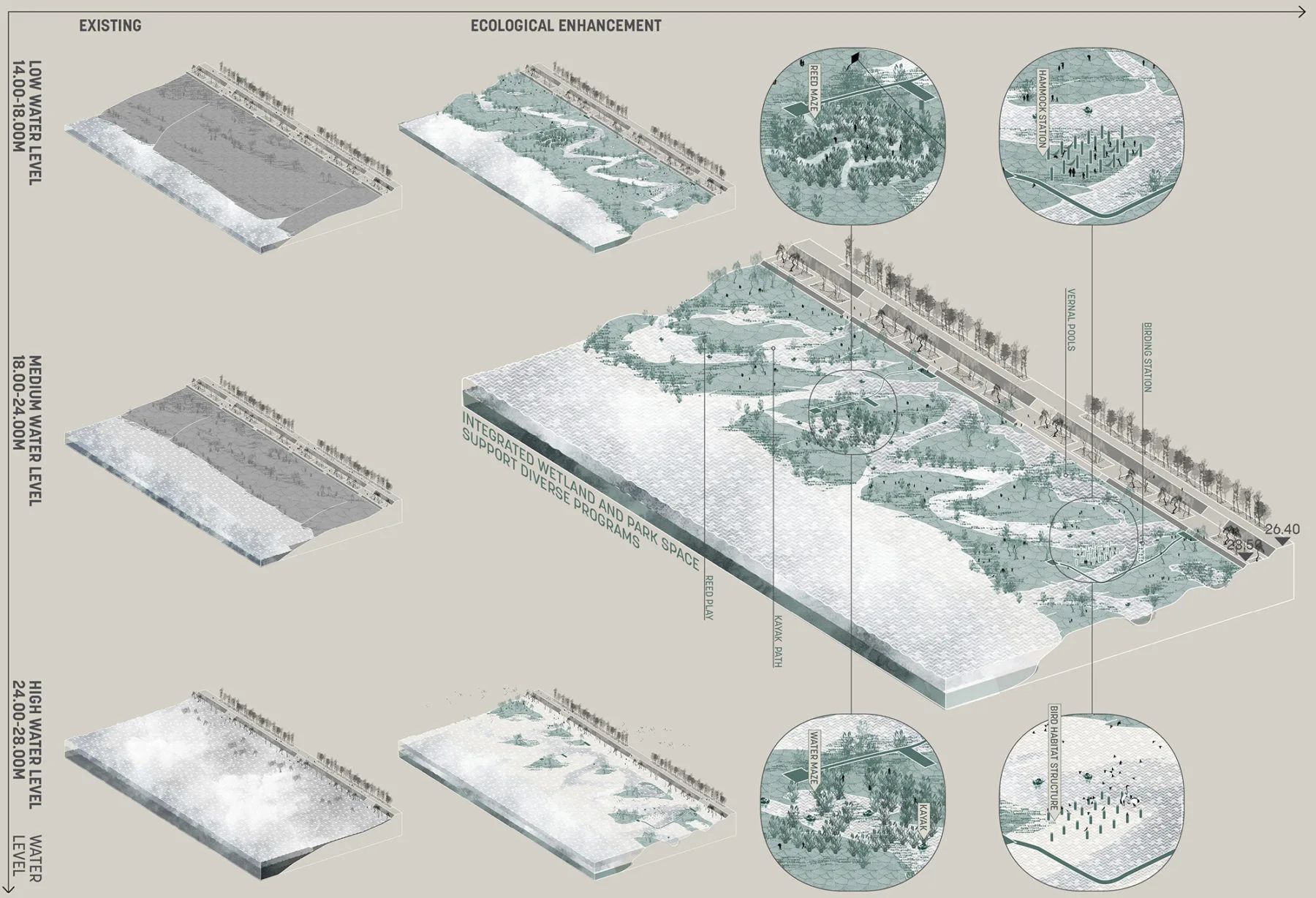
▲ SASAKI项目:武汉长江沿岸公园通过战略性疏通和分级,改善现有泥滩的生态功能并就其重要的季节性变化教育公众
Maybe it's not aesthetically perfect, manicured, overly kind of humanized landscape. Maybe it is about shifting our perception that a landscape to be beautiful should be serving an ecological purpose and providing a home to other animals and wildlife beyond humans. I think the same comes from a discussion about economics versus equity. I don't think that all economically successful projects are just those that appeal to the one percent, the richest people who can afford to live there.
I think that creates stagnation. It might be great for a developer in the short term, but in the long term you are not creating a space that all people of the city value that they want to be in that sense of vitality.
And so when you look at a project through kind of a lens of equity, to make sure that there can be an experience that all people can enjoy, whether it's the person buying the ten million dollar penthouse or the lower income family that can live also in the same building and have similar experiences, I think we need to focus on a kind of human society as all having the same goals. I'll being interrelated much in the same way that an ecology and humanity are related as well. So to me they're not complex. There are opportunities to find creative solutions, integrate them all together.

距离世界之旅和格罗夫先生初次见面已经过去了8年,我们很高兴能以直播采访的形式和老朋友一起讨论关于城市设计的话题,此外还能邀请到十位规划方面的资深专家共同探讨。
疫情也许让很多事情都放慢了速度,但我们能利用这个时机一起思考关乎全人类的城市发展问题,彼此交流看到城市将越来越好的更多可能,这无疑是令人感激的。
传递思想,共同进步,建筑师说一直在路上,下一站罗斯·巴尼已经启程。

* 塔格里亚布采访完整视频请联系官方君,搜索添加微信号“ARCHIWORLD1999”获取
编辑|Z

/ 你可能错过的建筑师说 /
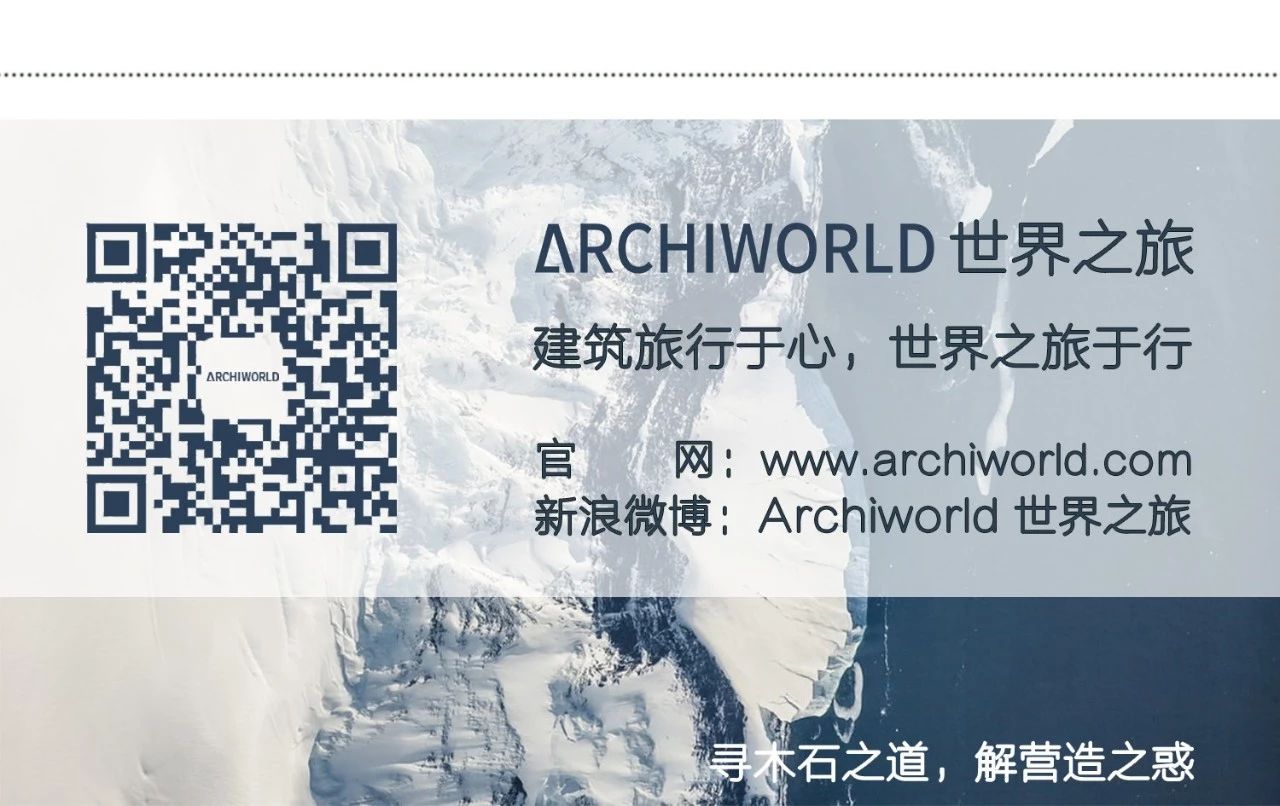
转载请注明出处。
